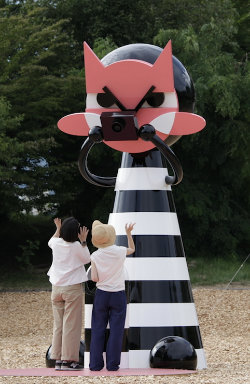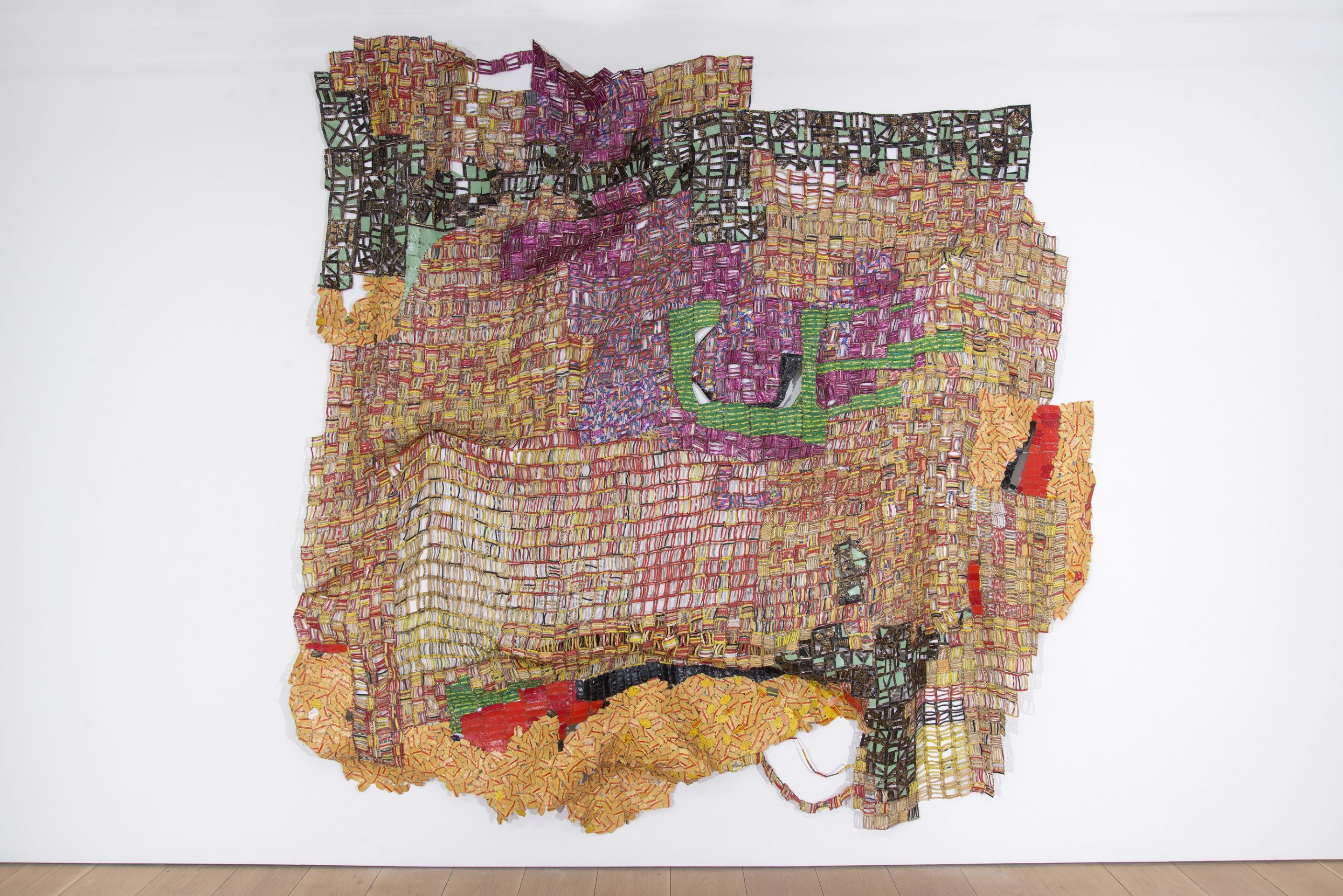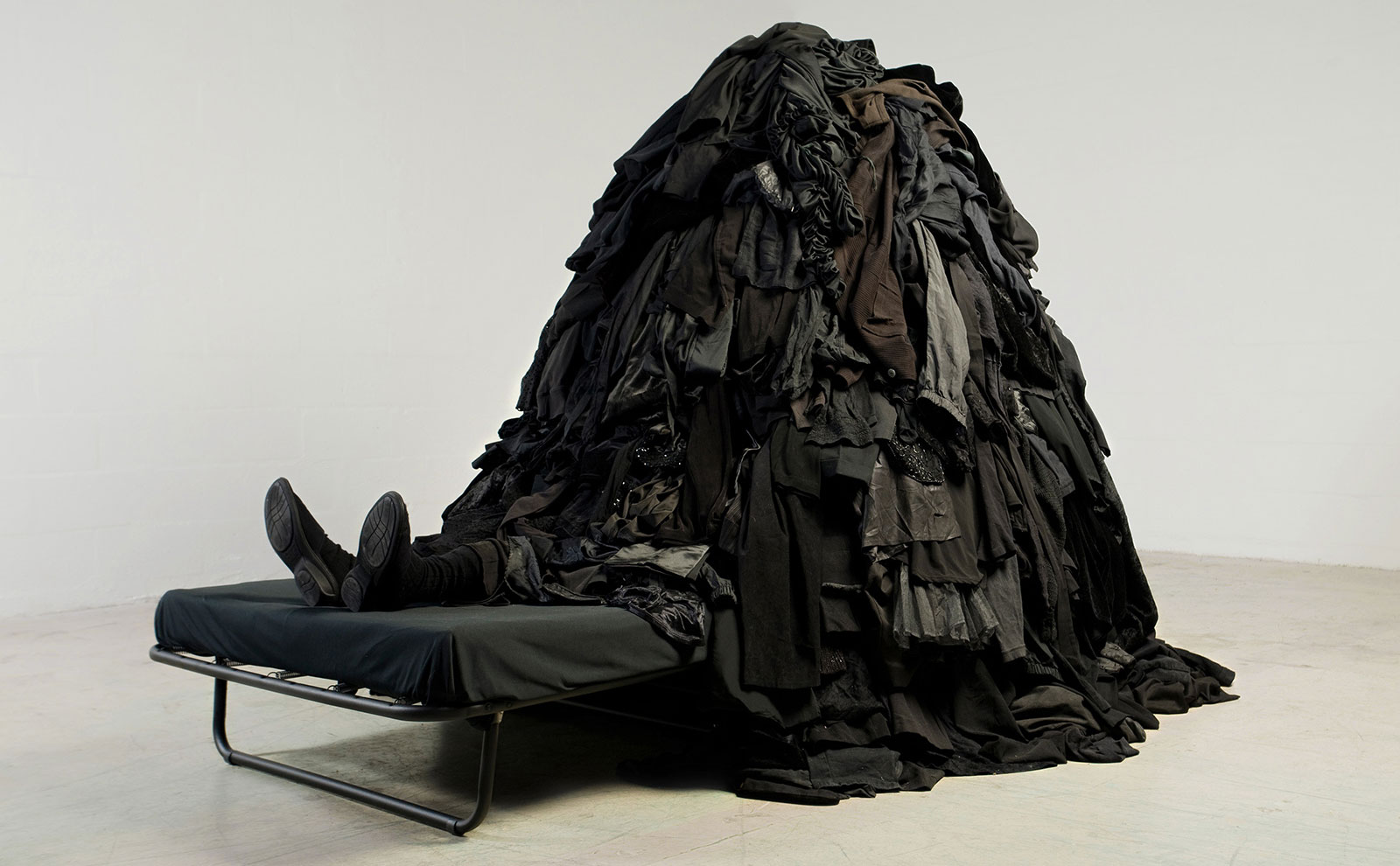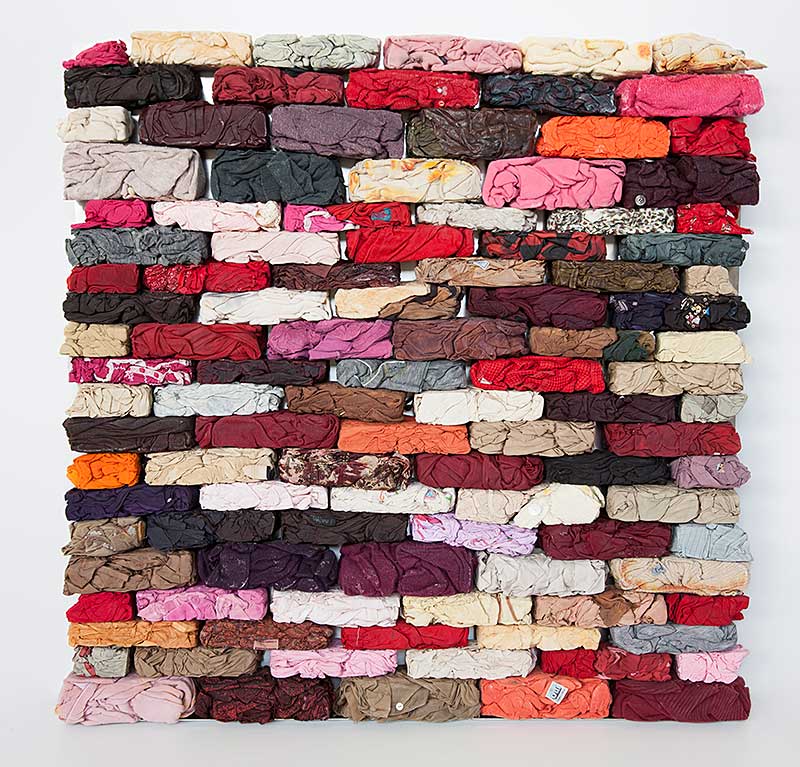Damein Poulain

To change the look of this place
play with geometry
I do it every time I go somewhere eg France, Japan
Create sculpture in a church
Iran (house red and blue)
one big cloth and turn them into a building
We take pictures of animals but I want to reverse it so animals take pictures of you (cat sculpture in the park)
25 best techno of the world and take names from them and make abstract flags
wall of doors which connect village to nature abstract wall
the wall has been build and separation of people all around the world
separation of 2 spaces
the less u have the more creative u will become
the place was so empty
football tree
love cafe
bring love to places to where it is needed the first one I did is in iran
change perception of how we see places
the next love project is in Indonesia
when you paint the streets you have a real relationship with space
"I'm not trying to make a name for myself im trying to find myself"


Yayoi Kusama
 Talks Of A Flower Garden 2005
Talks Of A Flower Garden 2005
Born in rural Japan in 1929 into a well-off family; had an unhappy relationship with an abusive mother; has continually experienced hallucinations since childhood and been prone to morbid obsessions; received a traditional training in Japanese nihonga painting while also being exposed to European modernism; left Japan for New York in 1958, where she was highly active and visible, but returned to her homeland in 1973 on account of ill health; remains in Tokyo today, as tirelessly productive as ever, but living by choice in a mental hospital.
From a very young age, Kusama experienced hallucinations in which a single pattern would engulf everything in her field of vision. As Kusama explains, "one day I was looking at the red flower patterns of the tablecloth on a table, and when I looked up I saw the same pattern covering the ceiling, the windows, and the walls, and finally all over the room, my body, and the universe. I felt as if I had begun to self-obliterate, to revolve in the infinity of endless time and the absoluteness of space, and be reduced to nothingness."
I really like the color scheme that she uses, the contrasting colors between orange and blue gives a very striking pattern. Each of the shapes reminds me of bacteria cells and that they are engulfing each other just like how Yayoi mentioned that everything is engulfing her in her hallucination.
El Anatsui

Rickie Wolfe

Andreas Gursky (*1955)

Ohne Titel XIII (Mexico)
Inwards research
Outwards
Ai WeiWei

.jpg)
"Sunflower seeds" 2010 consist of millions of hand-made sunflower seeds. This work has a volume of nearly ten cubic meters and weighs about ten tons. The artist has defined two different styles for the work. Ai WeiWei arranged the seedes in continuous squares up to a depth of ten centimetres, the seeds corresponds to the size of the display space. It allows the audience to walk over and interact with the work.
"the times I grew up, it was a common place symbol for The People, the sunflower faces the trajectory of the red sun, so must the masses feel towards their leadership. Handfuls were carried in pockets, to be consumed on all occasions both casual and formal. So much more than a snack, it was the minimal ingredient that constituted the most essential needs and desires. Their empty shells were the ephemeral traces of social activity. The least common denominator for human satisfaction. I wonder what would have happened without them?"
(Ai Weiwei, unpublished proposal for Tate Modern Unilever Series, March 2010.)
The sunflower seeds are made in a town called Jingdezhen which takes around 1600 people to make according to the quantity. The sunflower seed symbolizes the ordinary people loyal to Mao Zedong's party, he ruled as the Chairman of the Communist Party of China. Whenever Chairman Mao comes out, there are sunflowers around him which means Chairman Mao is the sun. "Sunflowers supported the whole revolution, spiritually and in materials ways"
For me, I find this work very toughing as the seeds are the embodiment of Chinese people yet an output by the chinese people. They form into one massive body but looking individually, they look completely different with different identities. Sunflower normally face towards the sun however, these seeds will never bloom as they are artficial, their purpose has been stripped off as it was for the people who made them which is Ai WeiWei in this case.
Tamiko Kawata

the safety pin, despite its sharp and potentially hurtful point, provides a means of support. She has commented: ‘I like the idea of the safety pin ... it is dangerous, but it holds up my whole attire. Safety pins can keep things together ... they can prevent catastrophe ... It is conversion of something aggressive and mean into something acceptable.’ (Quoted in Wye, p.23.)
Text
"Safety pins function variously as thread, yarn, clay or truss in my work process. I found them soon after I arrived from Japan, out of the necessity to shorten all-too-long American clothing. I noticed their smooth texture and their head- and tail-like details. In the beginning, I found ways to interlock them, as if weaving. I found constructing systems as I went along, using only the inherent structural properties of the pins, and now can create anything from "drawings" to three-dimensional, self-standing works." Tamiko Kawata
Guerra de la Paz
Guerra de la Paz (GdlP) is a collaboration between Miami-based, Cuban-born artists Alain Guerra and Neraldo de la Paz. Over the past two decades, GdlP has transformed the castoffs from our collective wardrobe into poetic works that deliver powerful political and environmental messages. They explore the expressive qualities of discarded textiles, a journey that has produced an impressive array of dynamic sculptures and tactile installations. GdlP infuse their work with a thoughtful mix of caution and hope  Mort 2010 Guerra de la Paz, found garments and shoes, fold-out bed, wood, dimension
Mort 2010 Guerra de la Paz, found garments and shoes, fold-out bed, wood, dimension
"The use of clothing in our practice is a product of the classic case of being in the right place at the right time. We were once surrounded by export businesses that would cast-off thousands upon thousands of rejected items on a regular basis. They would allow us to rummage though and collect as much as we desired, providing us with a sea of salvaged materials that have guided our concepts."
I really like the concept of this artist and it sparks my interest in fast fashion and how can we make a change. This leads me to do deeper research on fast fashion and what effect does it have on the environment.
Inwards research
As time flies, the technology gets more advanced. We can now see how many steps we walk per day, see our heart rate, track our menstrual cycle. For me, I use the counting steps tool the most to see if I am physically active and whether or not I should change my lifestyle in order to be more healthy. My average steps per day are around 5000-6000 but when I am on vacation it can go up to 10000 steps.
Inwards research
I have this account on instagra
